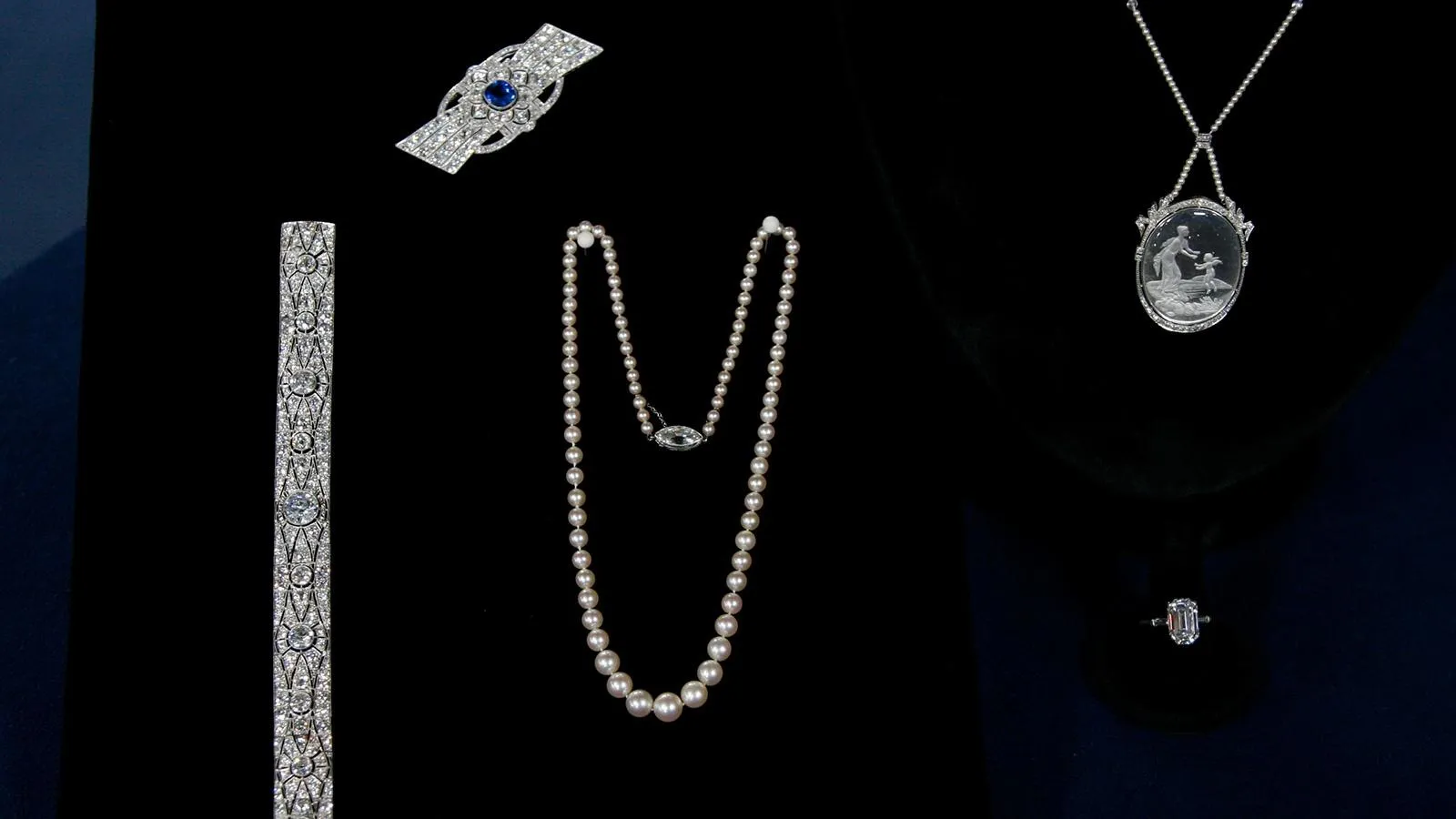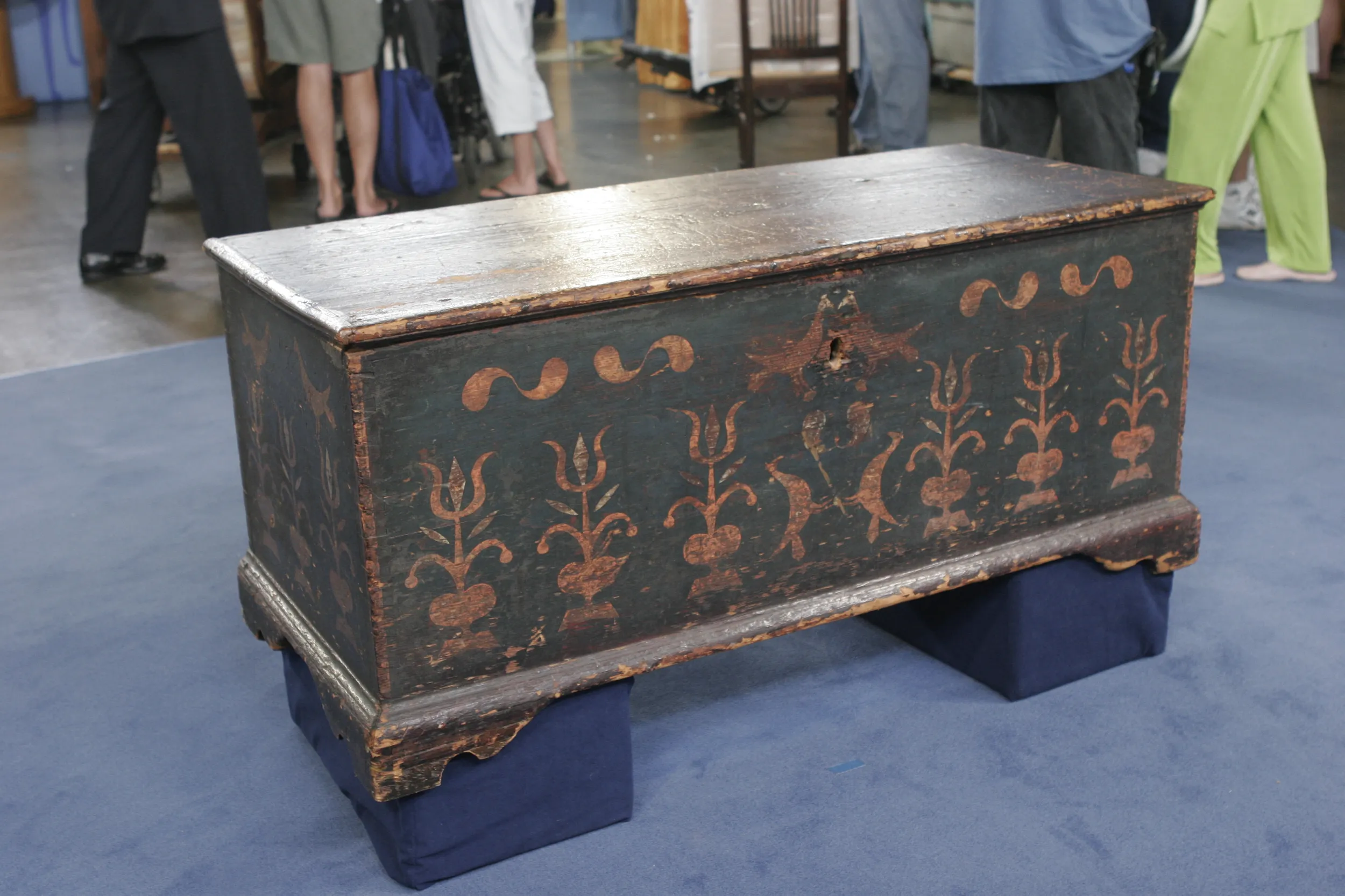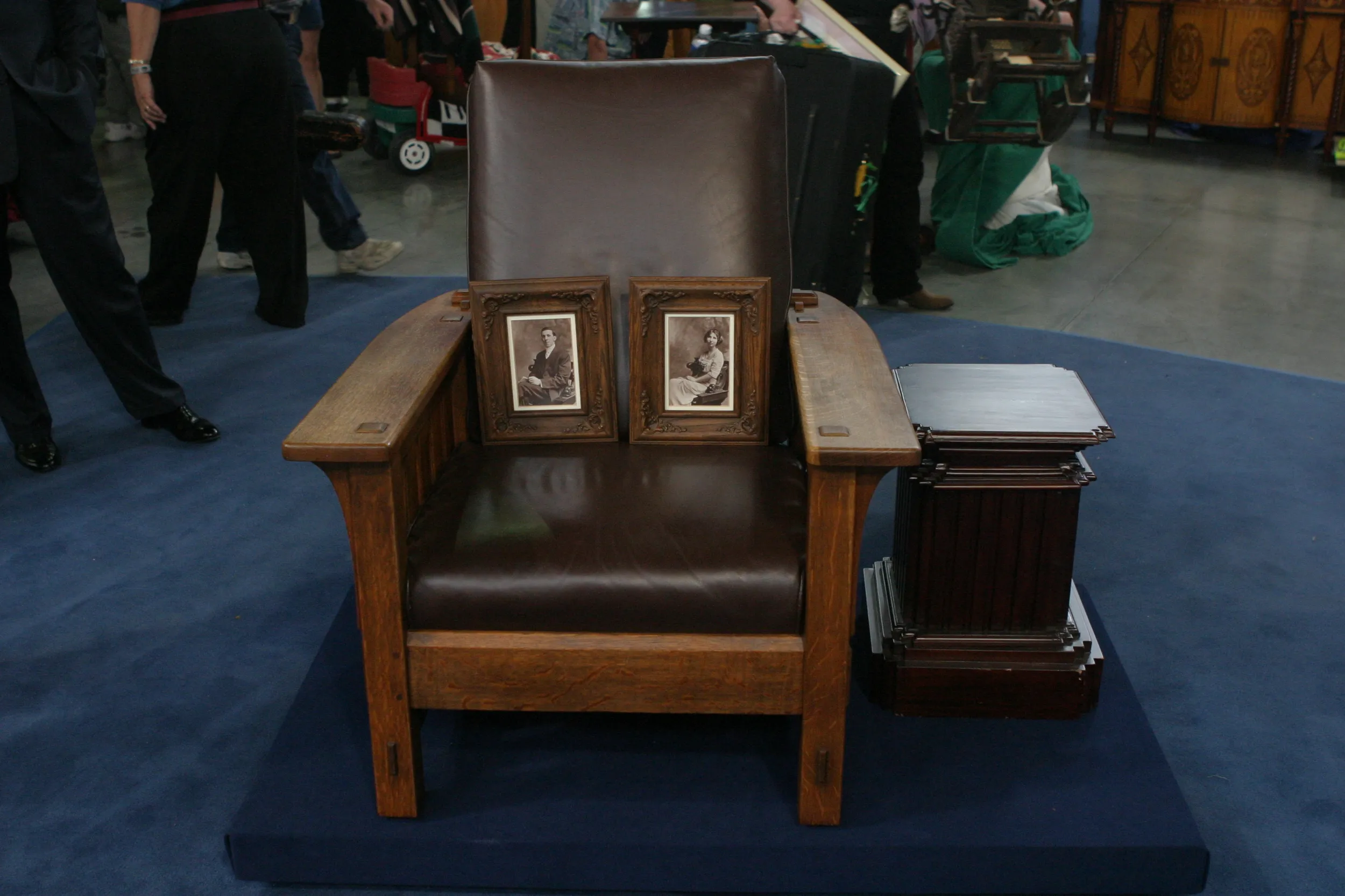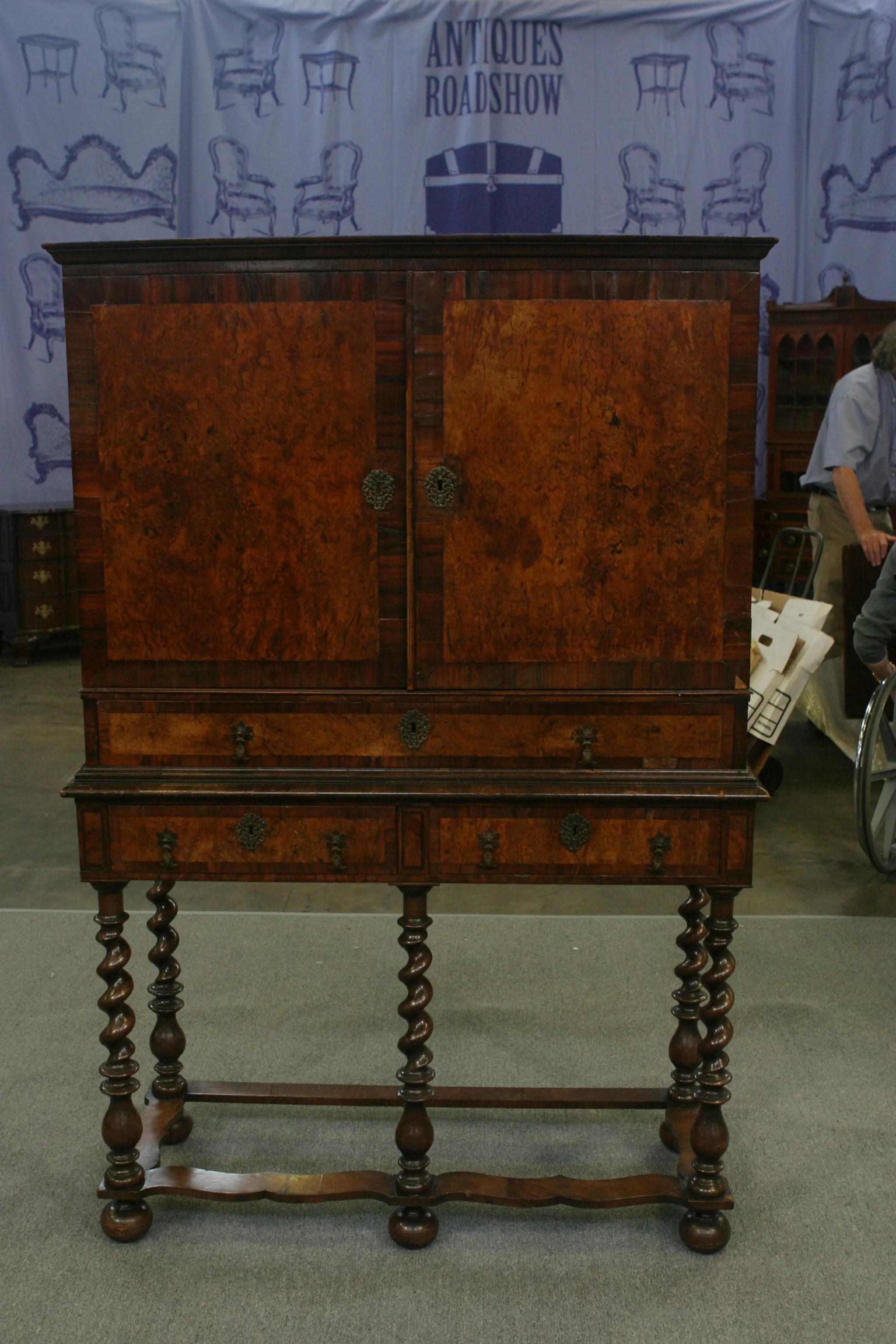GUEST: This violin belonged to my Great-Aunt Marie, who's pictured over here. She was a violinist in the Cincinnati area in Ohio. She moved out here and brought this one with her along with several others, and it's just basically been sitting in storage for 40 years.
APPRAISER: And this violin was bought for her by her father. So here we have a bill of sale from the Rudolph Wurlitzer Company in Cincinnati, September 27, 1921. Rudolph Wurlitzer attests that this violin is a Camillus Camilli from 1737 made in Mantua, Italy, for the tremendous sum of $1,000 back in 1921. I'm not going to say it's in tough shape, because all of these things can be cleaned up. But the strings are broken. Because the strings are made out of gut, I can tell it really hasn't been played for at least 30 or 40 years. The workmanship on it is very, very fine, and we see a lot of details that speak of the Mantua school of making. Now, Mantua was only about a half a day's stagecoach ride from the great city of Cremona, where Stradivarius worked. So the makers of Mantua were very influenced by Stradivarius and almost equaled his level of work in the later 18th century. You have a very fine spruce top that's carved to a, a very flat and full arch, and that's very much the powerful Mantua style, creates a beautiful sound that projects very, very far. We look at the detail on the back and sides. The first thing that struck me was the type of wood used in the back. These curls in it denote the species that is known as oppio in Northern Italy, and it grows only in Northern Italy. Done very, very closely in the Italian style. It's a little bit rugged. We see some texture on the surface from the tool marks. It's a very high-quality violin, but it's not Camilli. It is a very fine forgery. They try to attend to every detail in it, right down to the label, which reads "Camillus Camilli fecit, Mantua, 1737," and it's written in Latin. And we can also see that it has a certain registration number that corresponds to the Wurlitzer Company certificate, and it's certified as number 3210 in their catalogue. But this violin, being a very fine fake, still has some value, and that value at an auction sale was between $6,000 to $8,000. The bow's in really rough shape. But as we take it out, we see that it's made of very fine Pernambuco wood. It's a French bow. That stamp under a magnifying glass is just barely discernible. But it says "Caressa and Français, Paris." And Caressa and Français was a very fine shop in Paris which employed a lot of French bow makers who were the best of their time. We know by two things who the maker of this bow was. First by this ferrule, has a very rounded front. And the other detail is that the very front has a very definite style that only one maker employed, and that maker was Claude Thomassin, and he was one of the top makers of the 20th century. The value of the bow is about the same as the value of the violin.
GUEST: Wow.
APPRAISER: And that is about $6,000 to $8,000.
GUEST: Wow.
APPRAISER: If it were a real Camillus Camilli, it would be worth about $250,000 to $300,000.
GUEST: Jeez.













